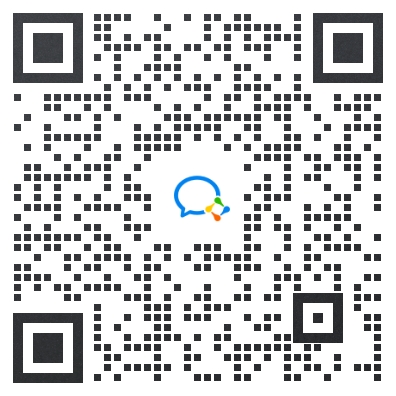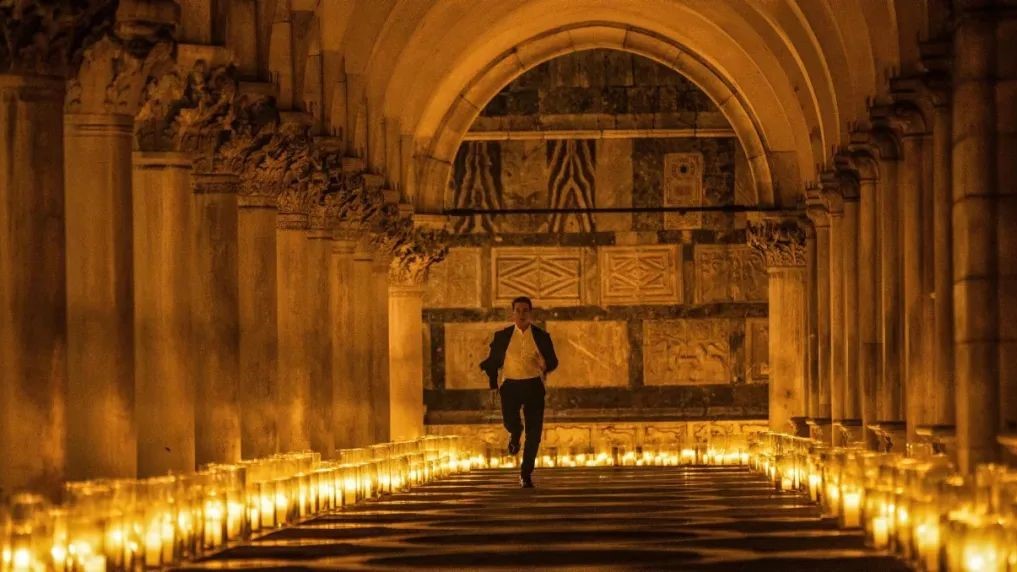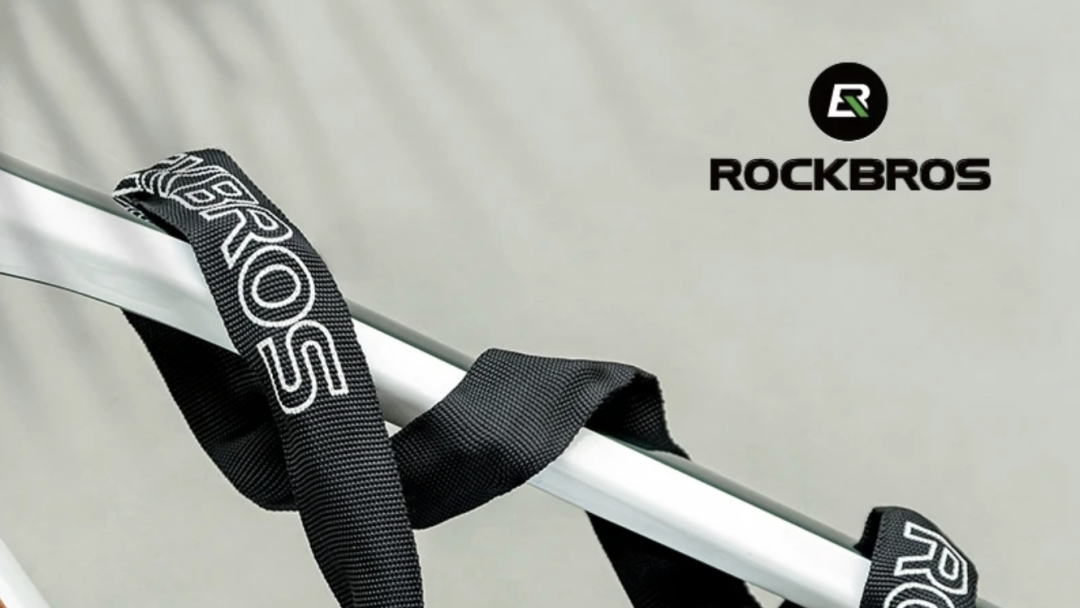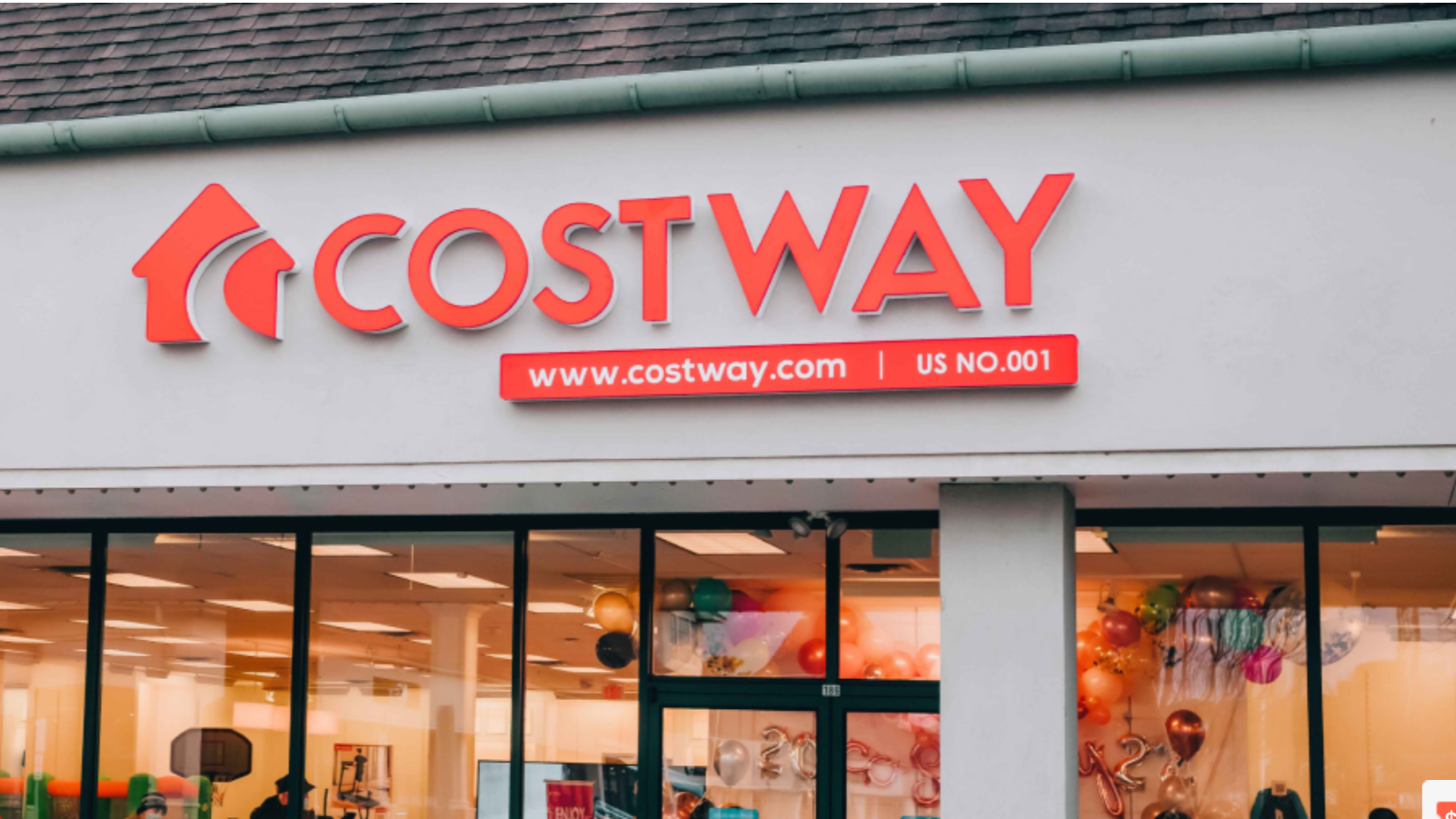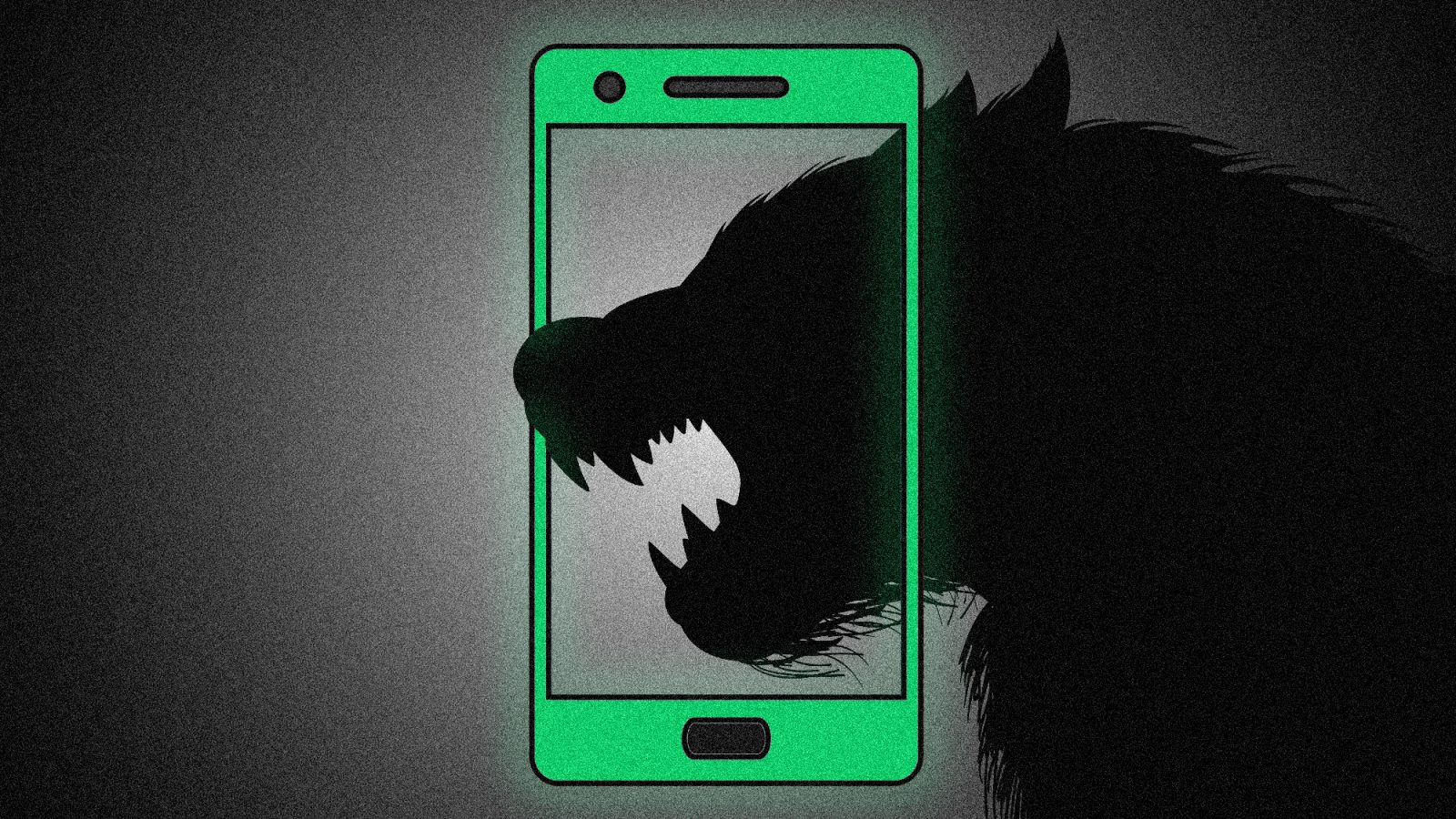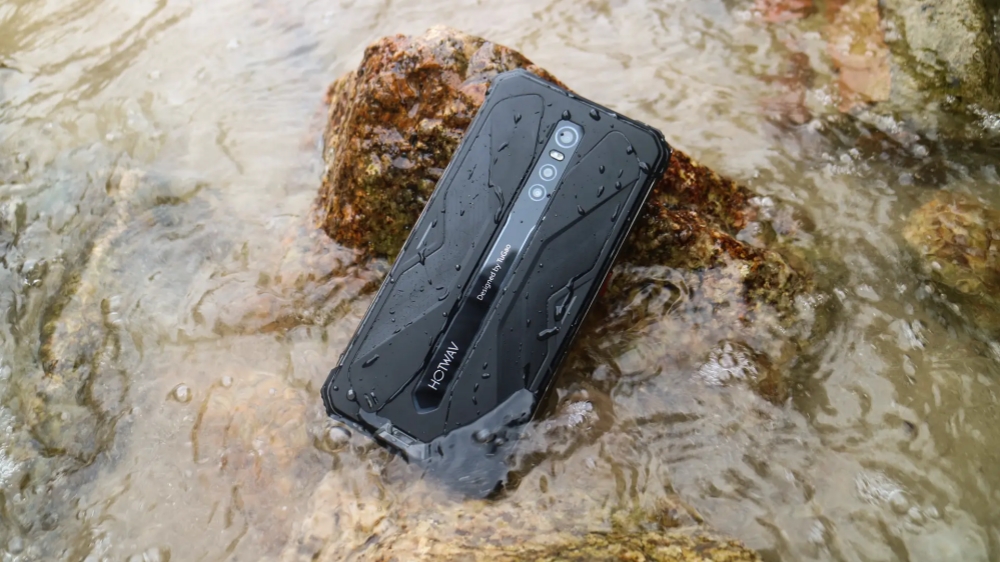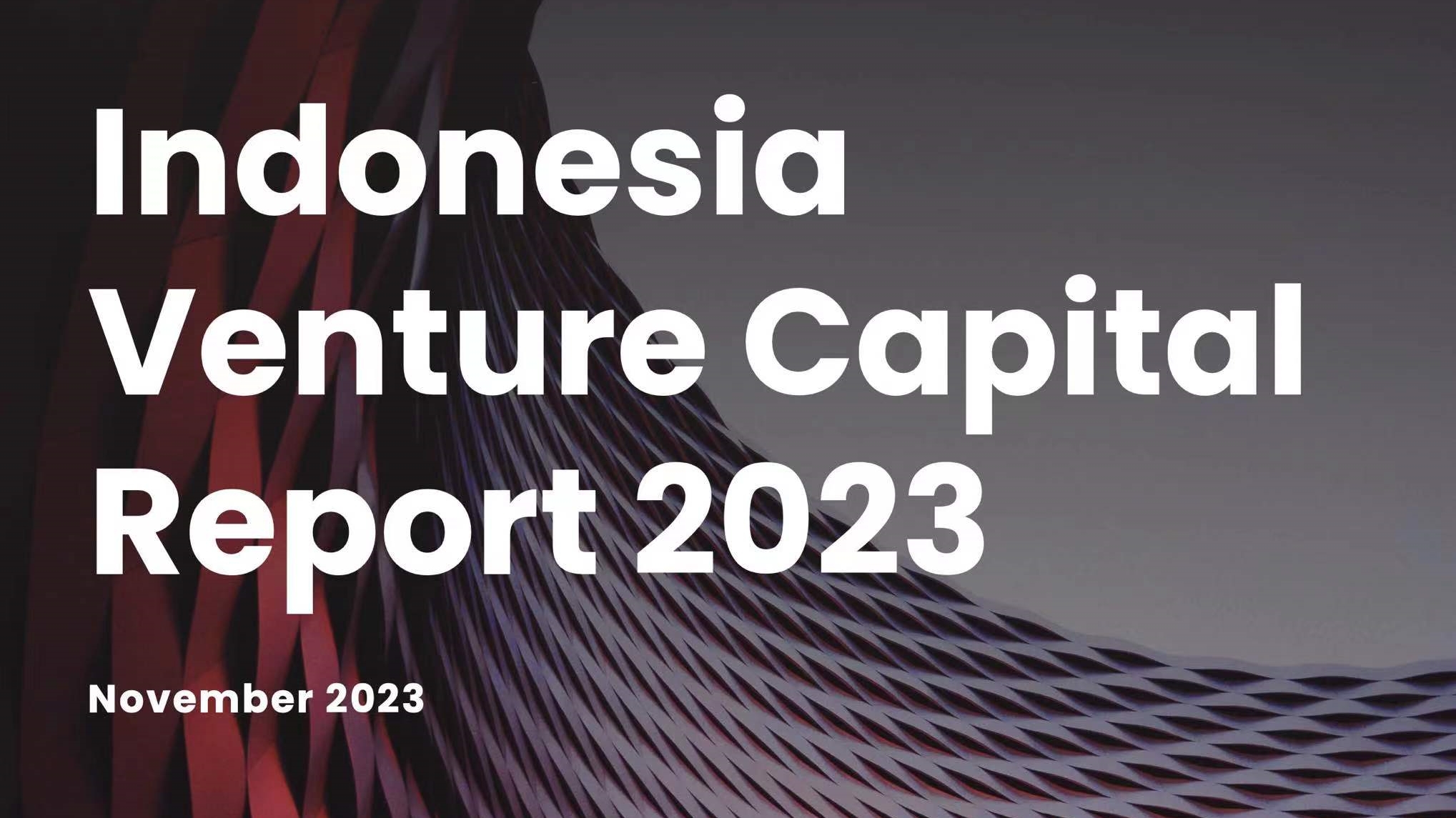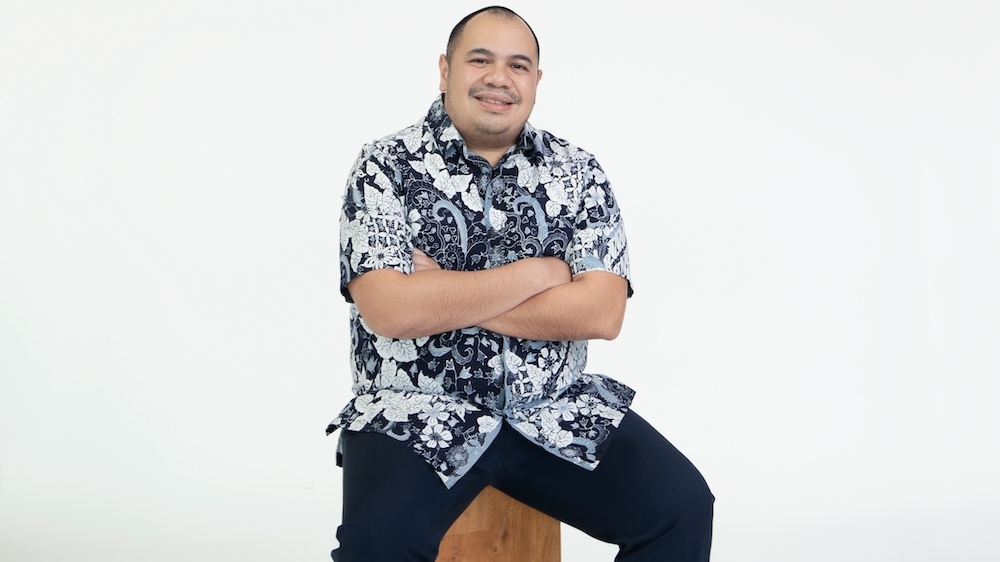{{!completeInfo?'请完善个人信息':''}}
精准高效领先的融资对接服务


It seems that since 2016, my friends have started sharing their WeChat QR codes. Back then, WeChat looked like a simplified version of QQ, with a minimalistic interface featuring only white, green, and black colors, which was refreshingly clean.


It seems that since 2016, my friends have started sharing their WeChat QR codes. Back then, WeChat looked like a simplified version of QQ, with a minimalistic interface featuring only white, green, and black colors, which was refreshingly clean. At that time, none of us could have imagined that an app labeled as "minimalistic" would grow into a super app, encompassing everything from articles to videos, from sending red packets to making payments – WeChat became an all-encompassing platform.
As its features expanded, our "Moments" feed also became increasingly diverse. What started as a small-scale network of close acquaintances gradually transitioned into semi-acquaintance networks and eventually evolved into the amalgamation of strangers and friends that we see today.
Shifting our perspective to the international market, young people abroad face similar dilemmas. On platforms they are familiar with, such as Instagram and TikTok, followers extend beyond just close friends. The culture of comparing and adhering to certain content creation "standards" can make some users uncomfortable. Against this backdrop, a new wave of apps, often referred to as "anti-Instagram," has emerged.
"Lapse is for Friends, not followers." In 2021, when Lapse was founded, they boldly raised this flag. During the testing phase, Lapse garnered 150,000 users, securing $11 million in funding for the team. Two years later, Lapse has made a comeback, reclaiming the top spot on the U.S. charts, maintaining a position within the top 5 for five consecutive days.
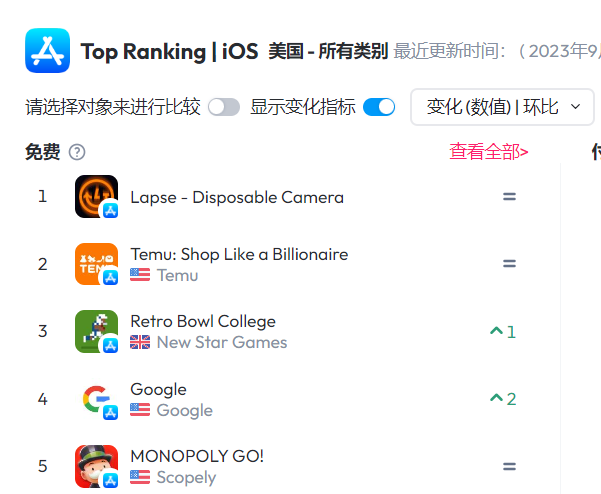
Part 1: Achieving Virality with "Group of 5" Photos, Regaining the Top Spot on the Charts 2 Years Later, and Attracting New Users
Just like Locket Widget and BeReal, the app Lapse - Disposable Camera also uses "photos" as its interactive medium. However, it was actually conceived earlier than the former two. What sets Lapse apart is its inspiration from "film cameras" and its use of time gaps, close-knit circles, and "exclusive invitations" to pique users' interest.
"Social media has become a part of our daily rituals. But in such a closely interconnected world, we often perceive others' lives as the benchmark for our own happiness," the founders of Lapse, Dan Silvertown and Ben Silvertown, shared their inspiration for creating Lapse, which stemmed from a trip to Vietnam in 2019.

According to the founders' own accounts on an overseas media platform, during this trip, the Silvertown brothers used a vintage camera to capture what they saw and experienced locally. After the trip, they had five rolls of undeveloped film. The inspiration for Lapse came from the process of developing these films and viewing the photos.
1.In order to recreate the joyful experience that vintage film once brought to the two founders, the team introduced three interesting features into Lapse's interactive mechanics and shooting effects:
The number of "Lapse" photos is set at 36, and they are composed of collaborative shots by up to 5 close friends. In other words, these 36 photos are created collectively by friends. The limit of "5" confines friends to a circle of close friends.
"By eliminating the pressure of public sharing, people can live in the moment and express their true selves," the Lapse founding team believes that, compared to platforms like Instagram and TikTok with a wide public reach, a close-knit circle is more suitable as a space for sharing.
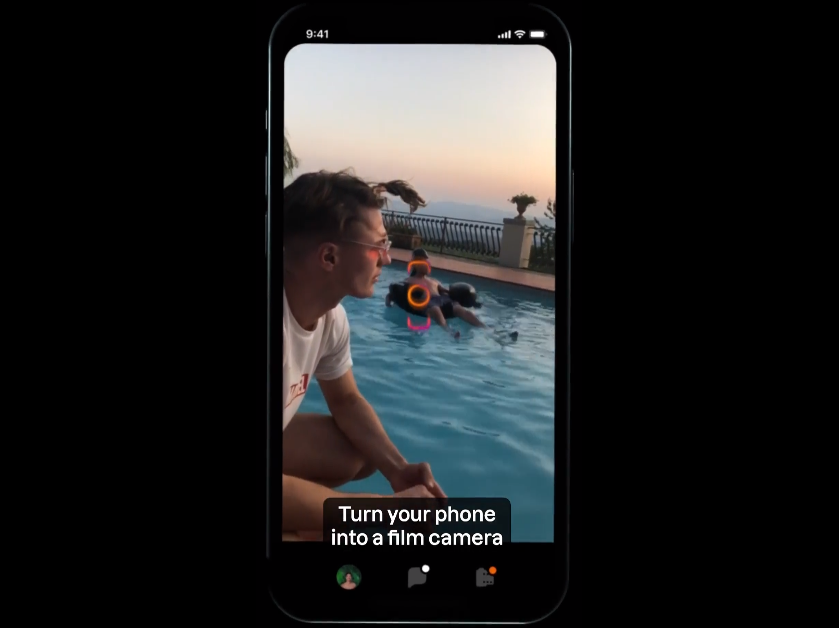
2.To mimic the "developing" of film rolls, the time when photos are displayed is controlled to be 24 hours after they were taken. This collection of 36 photos, which includes a mix of everyone's shots, will be revealed in a rapidly switching animated format 24 hours after the first person uploads a photo.
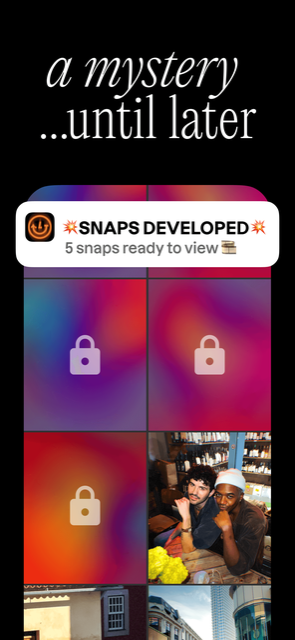
The imaging style for taking photos is set to "vintage film" effects, and it only allows rear camera use, with no additional filters or editing effects. The founders explained that with the "vintage film" shooting effect, even the worst photographers can take beautiful photos. Other requirements aim to faithfully recreate camera settings and make the camera feel real.
With this comprehensive mechanism in place, the Lapse team has successfully replicated the shooting and development experience of a "film camera" within the app.
Part 2: From 10,000 Users to 15x Growth, Small Team Secures $10 Million Led by GV
Innovation in gameplay alone is not sufficient. For a small startup team of fewer than 10 people, without significant user acquisition spending, how can they successfully gather 150,000 users in just one month and secure two rounds of funding within three months of launching? The key strategies can be summarized as follows: focusing on the core user group, leveraging friend-to-friend virality, and implementing aggressive marketing tactics.
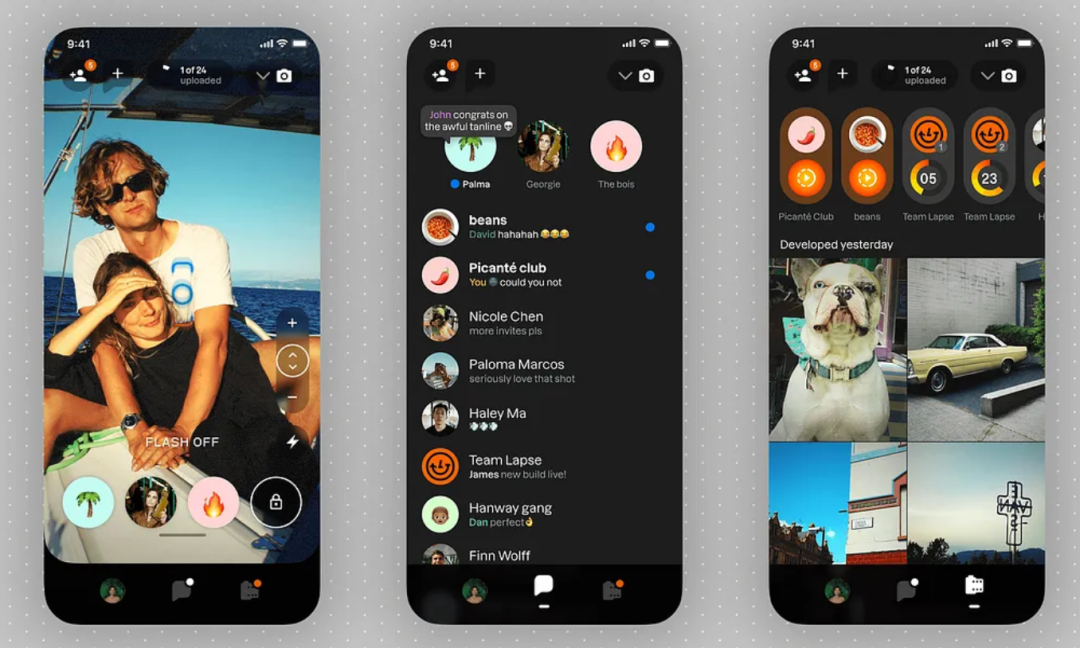
Looking back, let's start with the early setup of the Lapse startup team. During the development process leading up to the official launch, Lapse initiated a small-scale testing phase, involving 10,000 users for in-depth research. Based on the feedback records shared by the founding team, they reached out to some of the initial test users through WhatsApp, Instagram (Ins), and TikTok. Most of these users provided positive feedback, using words like "interest" and "cool" to describe Lapse.

In September 2021, according to App Store records, Lapse briefly became the top download on the charts shortly after its initial release and achieved a good response in a short period. The team reported that within less than a month, Lapse's test version users shared nearly 100,000 photos, with some users taking 50 to 100 photos per week.
Similar to Clubhouse, Lapse, which was launched in the same year, also relied on an "invitation-only" model for user acquisition. Over the two years since its limited initial release, Lapse has maintained a restricted user base. To gain access to the app, users had two primary options:
1.Register and wait in line: Users had to wait for Lapse to release very limited spots for new registrations.
2.Friend invitations: Users could enter the Lapse community immediately if they received an invitation code from a friend.

By employing "hunger marketing" tactics, Lapse successfully accumulated a group of "seed users." According to reports from foreign media, after the initial test phase with 10,000 users, Lapse had amassed a waiting list of 150,000 pre-registered users.
It can be said that Lapse's invitation-based viral growth strategy aligns perfectly with its unique gameplay and user characteristics. Regarding the gameplay, as mentioned earlier, Lapse requires users to invite at least 5 friends and successfully add 3 friends before they can truly experience the app. This requirement, even more stringent than Locket Widget, which only needed users to add at least 1 friend for gameplay access, initially caused some users to struggle with the modern-day dilemma of "I have no friends." This led to some negative reviews. However, it also helped Lapse attract a significant user base.

Furthermore, Lapse's user base is highly suitable for viral growth. According to statistics from the Lapse team in 2021, the majority of its users belong to Generation Z, with 79% being female and 71% under the age of 24. Among those under 24, many users are likely to be in middle school, high school, or college, making them an ideal group for viral expansion, especially among students. We've seen similar strategies in the past, such as BeReal, which used "campus ambassadors" to achieve viral growth among young users on college campuses.
The recent change in Lapse's ranking that we've observed may be attributed to the assistance of students returning to school for the new academic year. Based on data from various social media and advertising platforms, it appears that Lapse did not rely on paid user acquisition or promotional partnerships. However, several media outlets focused on student users have reported that Lapse is gaining popularity on campuses. Given that September marks the start of the school year in the United States, Lapse may have successfully attracted a wave of student users.
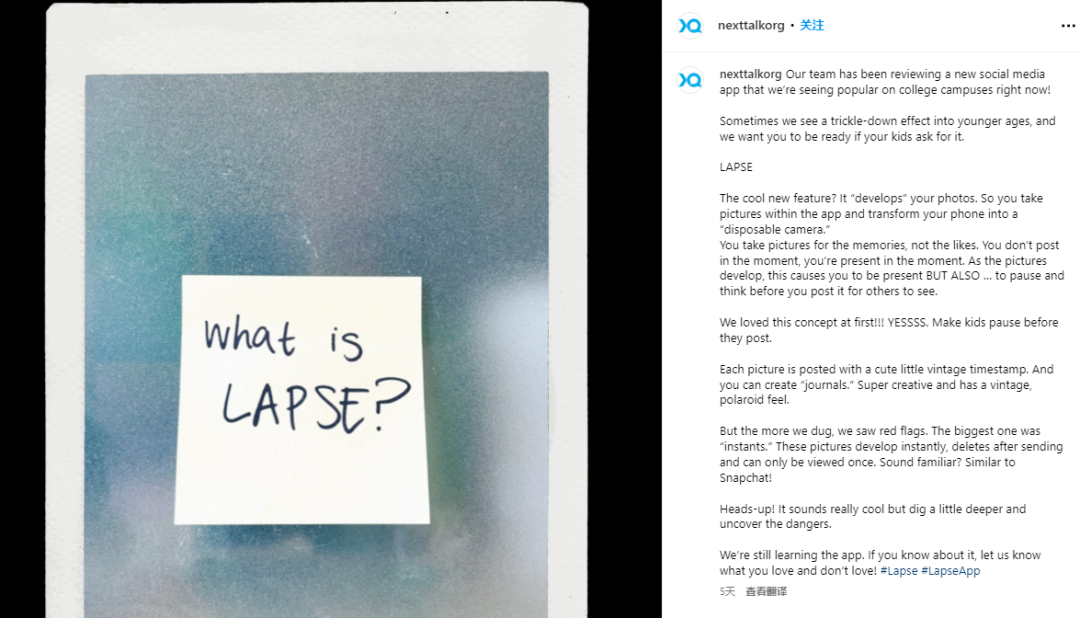
Impressive data might be one of the key advantages that enabled Lapse to secure funding. In the seed and Series A funding rounds in September and December 2021, Lapse raised $11 million from venture capital firms, including Google Ventures and Octopus Ventures. As a result of this success, the founding brothers were selected as "Forbes 30 Under 30" in the European region for 2022.
Part 3: How the Trendy Dumb Camera Became a Profitable App Business in Europe and the United States
Interestingly, Lapse's popularity may also align with the lifestyle habits of American users. Jeroen Arts, a partner at Speedinvest, who invested in Lapse, remarked, "I remember disposable cameras (dumb cameras) being on every table at weddings." The recognition of this alignment between lifestyle habits and the social app's functionality was one of the opportunities that led to Lapse securing funding.
In the daily lives of people in Europe and the United States, "disposable cameras" often appear at weddings, parties, and other large events to allow every participant to capture memorable moments. By searching for keywords like "Wedding Disposable Camera" on Amazon, you can find a wide range of bulk sets of disposable cameras, typically sold in sets of 10.
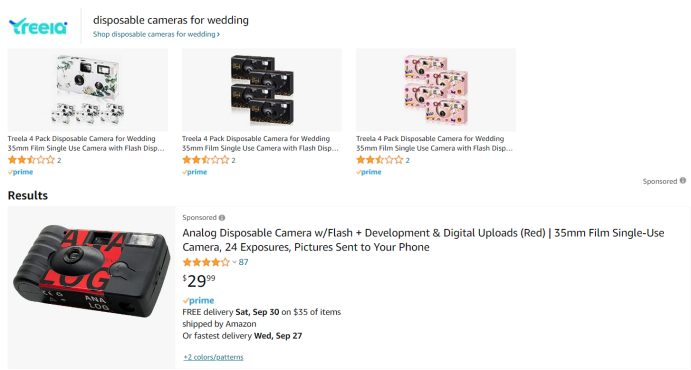
In the 21st century, buying a batch of physical cameras might indeed be expensive and less practical. It's possible that with this mindset, some companies have ventured into the online app business. Take the example of the app "POV-Disposable Camera Events," launched in 2022. It recognized the camera business that's essential at various gatherings and cleverly designed an app to facilitate this process.
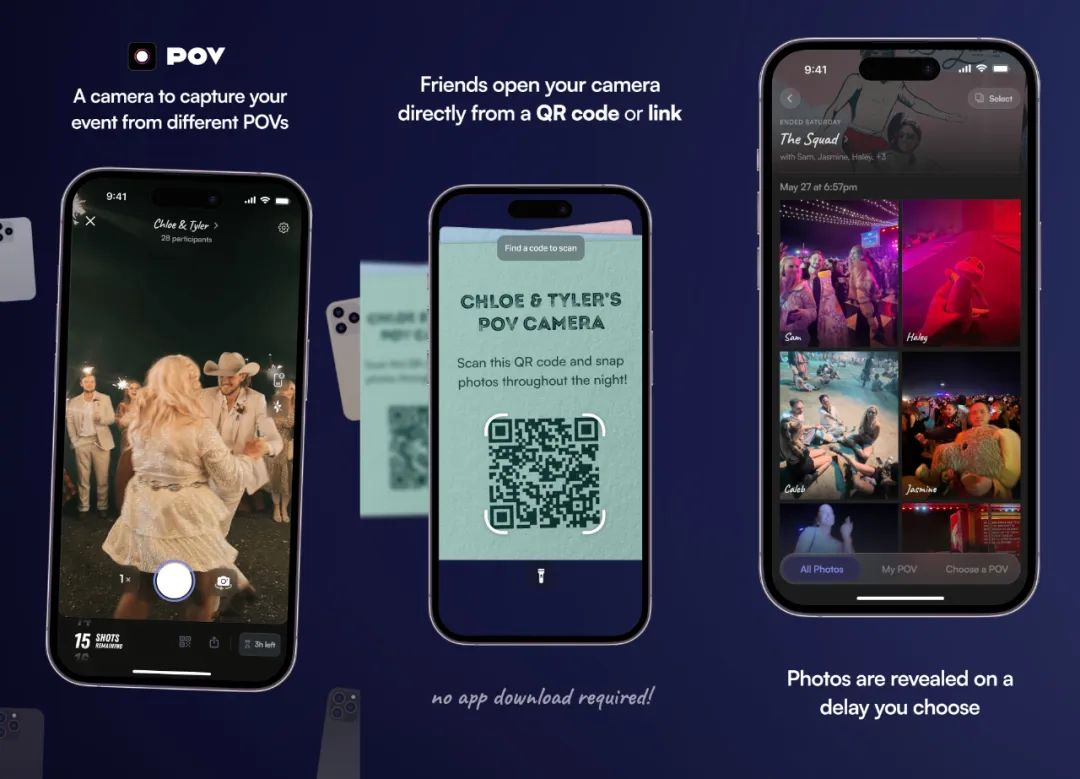
Pov allows event attendees to participate without registering on the app. They only need to scan a QR code and upload their photos, enabling all users to share their photos together. This eliminates the need to spend money on purchasing a large number of cameras and ensures that each user receives the recorded photos by the next day. Pov charges the organizers of the events, with the minimum fee being only $4.99, which is much lower than the cost of buying cameras.
In its first year, Pov successfully ranked among the top 100 in the best-selling charts in 17 countries and regions, primarily in Europe and North America, providing initial proof of the feasibility of this model.
However, compared to Pov, which tightly integrates with event venues and charges a fee, Lapse's pricing model may not be as essential. But even in the early stages of Lapse's launch, the two founders had some initial business plans in mind.
"At the moment, our idea is that Lapse won't use an advertising-based model but will adopt a freemium model, building an application that users love so much that they're willing to pay for additional features," says one of the founders, Dan. "One of these features may be the removal of the Lapse brand logo from shared photos, as currently these shared images carry the Lapse brand logo."
Looking at the commercialization plans for Lapse, as seen in several previous friend-centric social apps, this path to commercialization is likely to be challenging. While smaller, more lightweight social apps have emerged in the face of crowded social media spaces, becoming a product that is truly memorable and sustainable will undoubtedly require a substantial effort.
·END·
文章作者:Sailing Global
版权申明:文章来源于Sailing Global。该文观点仅代表作者本人,扬帆出海平台仅提供信息存储空间服务,不代表扬帆出海官方立场。因本文所引起的纠纷和损失扬帆出海均不承担侵权行为的连带责任,如若转载请联系原文作者。 更多资讯关注扬帆出海官网:https://www.yfchuhai.com/

{{likeNum}}
好文章,需要你的鼓励
文章热榜
 已关注
已关注
 关注
关注

微信号:yfch24



微信号:yfch24
小程序
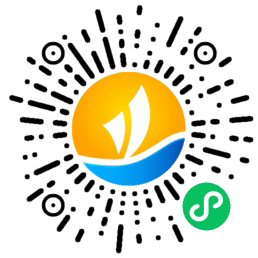
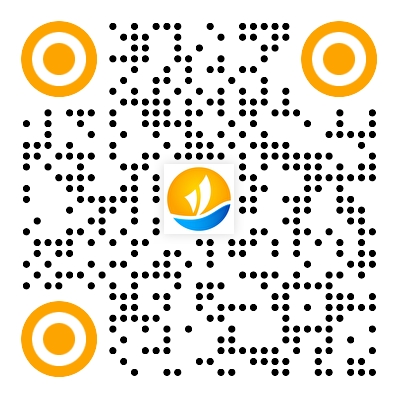
公众号

社群
